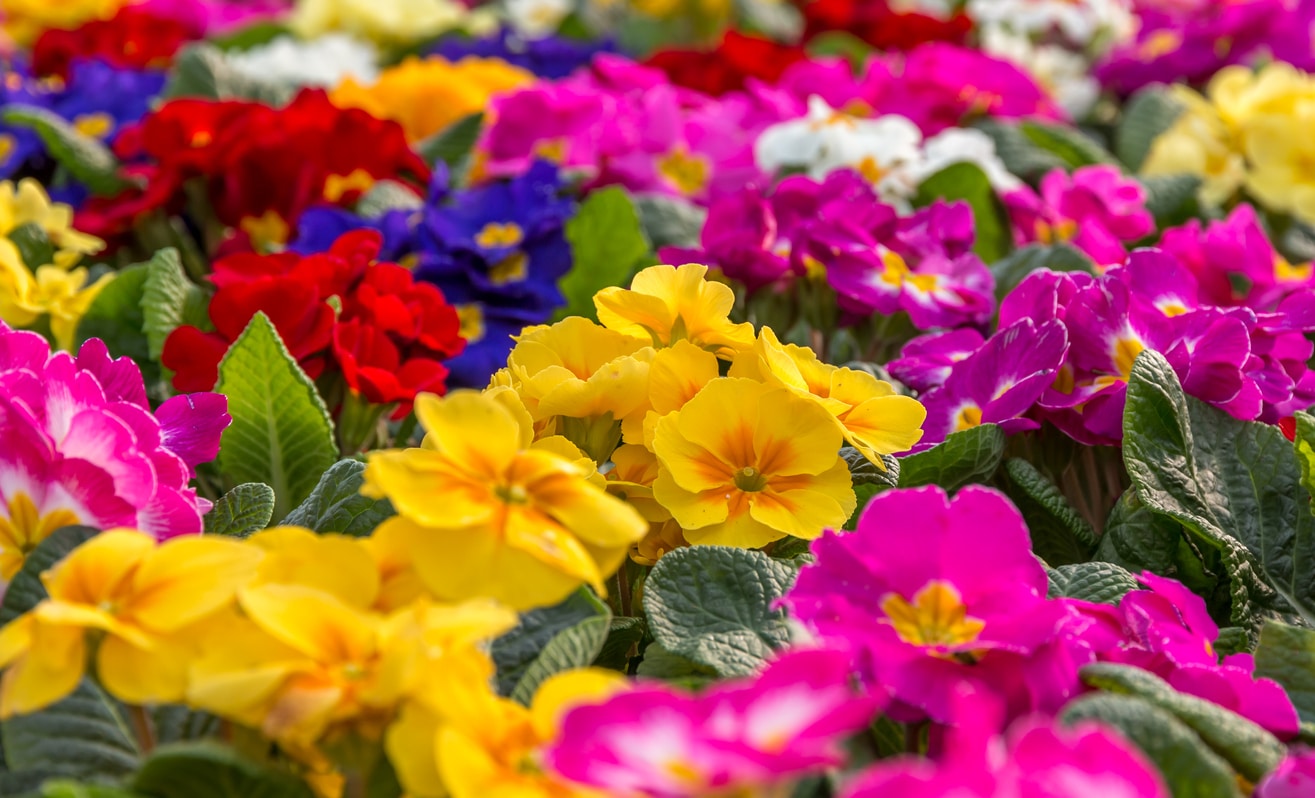The Art of Nature: Exploring Color Theory in Plants and its Impact on Sales

Color has always played a vital role in our lives, influencing our emotions, decisions, and perceptions. In the natural world, color is equally significant, and plants are no exception. The world of botany is a canvas of vibrant hues, and understanding color theory in plants is a fascinating journey into the intersection of science, aesthetics, and even economics. In this blog post, we’ll delve into the captivating world of color theory in plants, exploring the why and how of the vivid pigments that not only beautify our gardens but also impact sales in the horticultural industry.
Before diving into the intricacies of color theory, let’s start with the basics of how plants achieve their diverse colors. The primary pigments responsible for plant colors are chlorophyll, carotenoids, and anthocyanins.
- Chlorophyll: This green pigment is fundamental to photosynthesis, the process through which plants convert sunlight into energy. Chlorophyll reflects green light while absorbing other wavelengths, which gives leaves their characteristic green color.
- Carotenoids: Carotenoids produce yellow, orange, and red colors in plants. They serve various functions, including protecting leaves from excess sunlight and aiding in photosynthesis.
- Anthocyanins: Anthocyanins are responsible for red, purple, and blue hues in plants. They act as antioxidants, protecting plant tissues from damage caused by sunlight and environmental stressors.
Now that we understand the pigments involved, let’s delve into the fascinating realm of color theory in plants and its impact on sales.
- Visual Appeal: Just as color theory is important in art, it plays a pivotal role in marketing and sales in the horticultural industry. Plants with vibrant, eye-catching colors are more likely to attract potential buyers. For instance, a garden center or nursery filled with colorful flowers is likely to draw more customers than one with a monotonous palette.
- Emotional Connection: Colors have the power to evoke emotions and associations. In the horticultural sector, plant coloration can influence consumers’ emotional connections with a particular plant. For instance, a nursery might market bright, cheerful flowers as mood lifters, targeting customers seeking to enhance their outdoor spaces.
- Seasonal and Holiday Trends: Plant colors can align with seasonal and holiday trends. Nurseries and garden centers often adjust their inventory to match these trends. For example, during Valentine’s Day, red and pink flowering plants, like roses, are in high demand, affecting sales and pricing.
- Curb Appeal: For homeowners looking to improve their property’s curb appeal, the right choice of plant colors can make a significant difference. A well-planned garden with a harmonious color scheme can increase a property’s value, which can have a direct impact on the real estate market.
- Branding and Packaging: Plant nurseries often invest in branding and packaging that emphasize the colors of their products. Attractive labels, signage, and packaging that showcase the plant’s vibrant colors can leave a lasting impression on customers and influence their purchasing decisions.
- Variety and Diversity: Offering a diverse range of plant colors can attract a broader customer base. People have different color preferences, and by offering a variety, nurseries can cater to a wider audience and potentially boost sales.
Color theory in plants is a captivating subject that bridges the gap between science, aesthetics, and economics. Understanding how and why plants display their colors not only deepens our appreciation of the natural world but also has practical implications in the horticultural industry. The influence of plant colors on sales cannot be overstated, as it shapes consumer choices, impacts marketing strategies, and even contributes to the overall economy. So, the next time you stroll through a garden center or consider landscaping your outdoor space, take a moment to appreciate the thought and science behind the colors of the plants you choose, knowing that they have the power to beautify not just your surroundings but also the industry that nurtures them.
Find Your Perfect Planter!
The HC Companies offers a wide variety of greenhouse, nursery, cannabis, sustainable, and retail planters and pots. Find the one that's right for your growing operation today!
Browse Products

 Find the Perfect Planter
Find the Perfect Planter